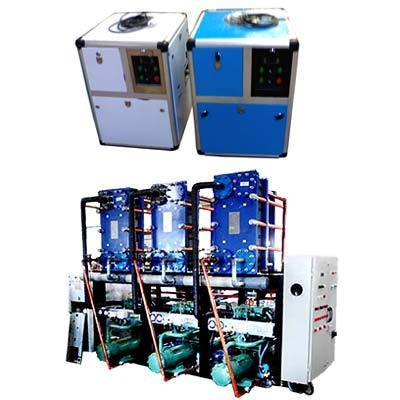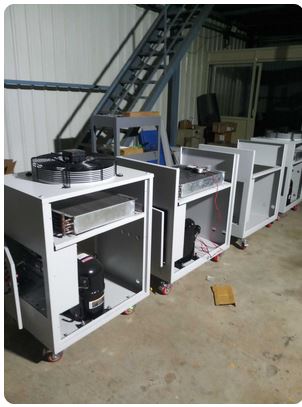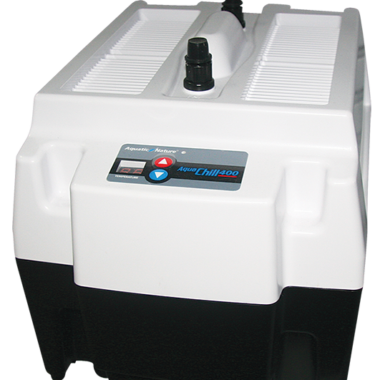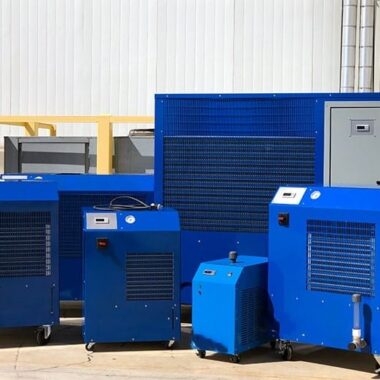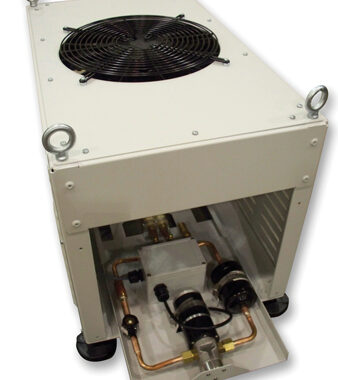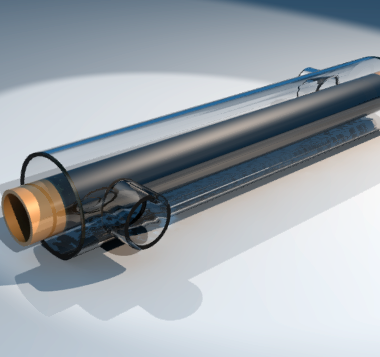Introduction to Industrial Chillers
Introduction to Industrial Chillers
Heat exchangers play a significant part in different renewable energy systems, upgrading efficiency and empowering effective warm energy exchange. Here’s an introduction to industrial chillers and investigation of their parts in sun oriented thermal systems, geothermal warm pumps, and biomass energy :
1. Solar Thermal Systems
Role:
In solar thermal systems, heat exchangers exchange the heat collected by solar boards or collectors to a capacity system or straightforwardly to the point of utilize.
How They Work:
- Sun based Collectors: Sun based boards collect thermal energy from the sun.
- Heat Transfer Liquid: A fluid (ordinarily water or a glycol-water blend) circulates through the collectors and retains the solar heat.
- Heat Exchanger: The heat transfer liquid passes through a heat exchanger, where it exchanges its heat to water or another liquid in a capacity tank.
- Residential or Industrial Utilize: The heated water is at that point used for household hot water, space heating, or industrial forms.
Benefits:
- Proficiency: Heat exchangers maximize the productivity of heat transfer, guaranteeing negligible energy misfortune.
- Scalability: Appropriate for little household systems as well as huge industrial applications.
- Energy Capacity: Permits viable capacity of thermal energy for utilize when sun powered radiation is moo.
2. Geothermal Heat Pumps
Role:
In geothermal heat pumps, heat exchangers transfer heat between the ground \]and the building, giving heating in winter and cooling in summer.
How They Work:
- Ground Loop: A loop of channels is buried underground, where the temperature is moderately steady.
- Heat Transfer Liquid: A liquid circulates through the ground circle, retaining or scattering heat depending on the season.
- Heat Exchanger: The heat transfer liquid passes through a heat exchanger within the heat pump system.
- Heating Mode: The heat exchanger transfers heat from the liquid to the building’s heating system.
- Cooling Mode: The heat exchanger transfers heat from the building to the liquid, which is at that point dissipated into the ground.
Benefits:
- Vitality Productivity: Highly proficient due to the steady underground temperatures.
- Year-Round Operation: Gives both heating and cooling, diminishing the require for partitioned systems.
- Environmental Impact: Brings down greenhouse gas emissions compared to customary heating and cooling systems.
3. Biomass Energy
Role:
In biomass energy systems, heat exchangers transfer heat created from burning biomass to a working liquid, which can be utilized for power generation or heating.
How They Work:
- Biomass Combustion: Biomass materials (e.g., wood, rural residues) are burned in a furnace or boiler.
- Heat Generation: The combustion creates warm, which is ingested by a heat transfer liquid (more often than not water or steam).
- Heat Exchanger: The hot gases pass through a heat exchanger, transferring their heat to the working liquid.
- Power Generation: The steam or hot water can drive turbines to produce power.
- Heating: The heat can be utilized for area heating or industrial forms.
Benefits:
- Renewable Asset: Utilizes renewable biomass materials, decreasing reliance on fossil powers.
- Waste Utilization: Can utilize rural and ranger service waste, decreasing natural waste.
- Carbon Neutrality: Biomass energy is considered carbon-neutral as the CO2 released amid combustion is balanced by the CO2 absorbed amid the development of the biomass.
Conclusion
Heat exchangers are fundamental components in sun powered warm systems, geothermal heat pumps, and biomass energy systems. They empower effective thermal energy exchange, upgrade system execution, and contribute to the maintainability and adequacy of renewable energy advances. By encouraging the proficient utilize of renewable assets, heat exchangers play a crucial part within the move to cleaner and more feasible energy arrangements.
